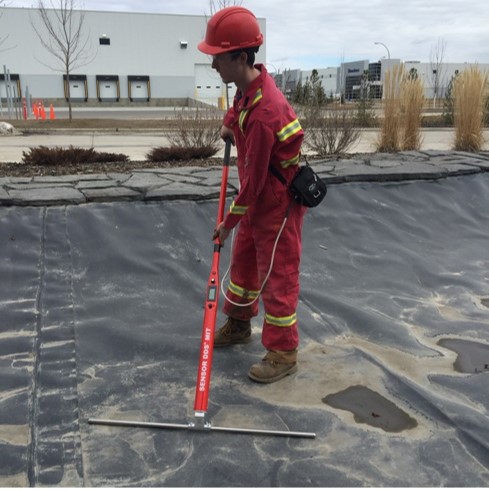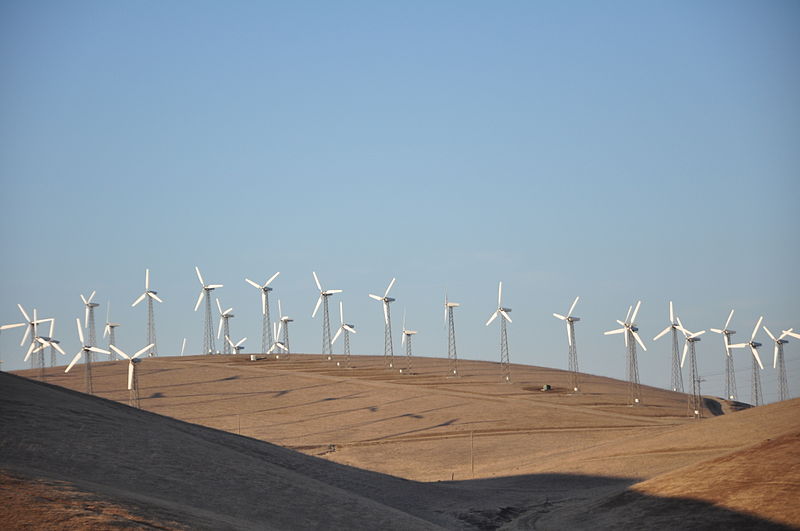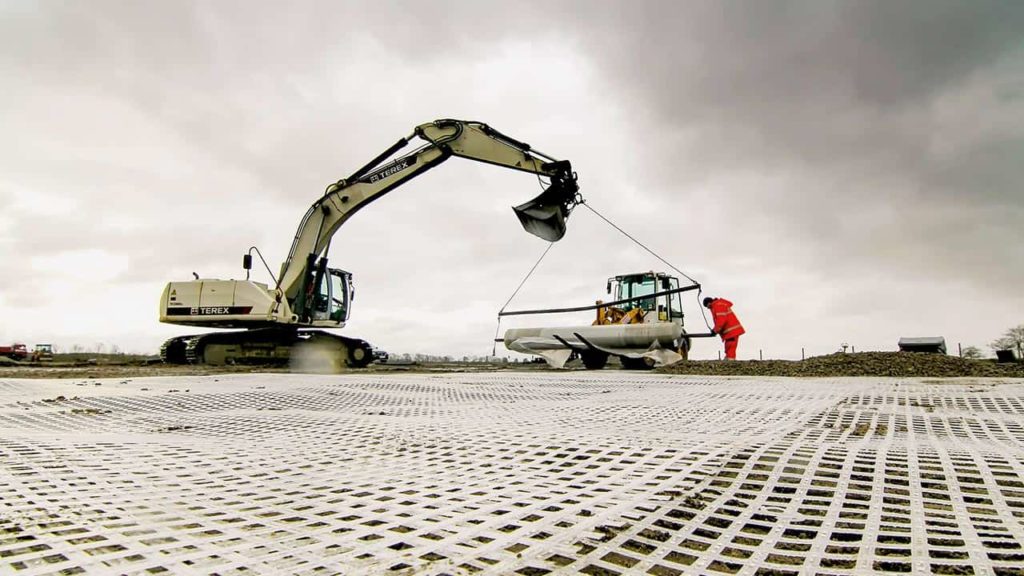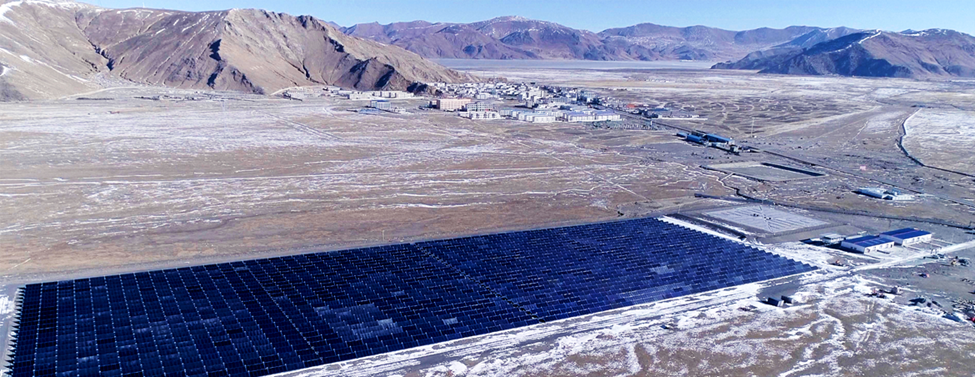Geosynthetic solutions to improve safety in mining applications
October 6th, 2021
Photograph courtesy of AGRU America What do Tesla, Apple and Ford have in common? They all rely on mines that produce metals like lithium, which drives our technology-hungry world. Now, more than ever, mining operations must run efficiently to meet increasing demand. Equally as important is supporting positive public beliefs on mining. Mining operators must incorporate […]
Heat resistance of geomembranes
October 1st, 2021
Q: We have a question in regard to the heat resistance of geomembranes. We are interested in paving a road over a geomembrane with hot mix asphalt and want to know if the geomembrane will continue to function as a moisture barrier? A: The answer to this depends very much on the formulation from which […]
Layfield Geosynthetics and SKAPS Industries release GeoVolt conductive geocomposite
September 20th, 2021
GeoVolt testing. Photograph courtesy of Layfield Geosynthetics Layfield Geosynthetics and SKAPS Industries are pleased to announce the release of GeoVolt, a revolutionary patented conductive geocomposite that makes electrical leak location simpler and more efficient with almost any type of geomembrane. GeoVolt is delivered in rolls and placed directly under the geomembrane to provide a consistent […]
Geosynthetics solve the unique needs of wind energy projects
September 7th, 2021
How to select geosynthetics for wind farms? As energy demands continue to rise throughout the world, renewable energy projects such as wind farms are taking off both locally and globally. Turbines of the Altamont Pass Wind Farm, Altamont Pass, Calif. Photograph by Eric Molina, Creative Commons License: https://creativecommons.org/licenses/by/2.0/deed.en The 2021 United Nations’ Intergovernmental Report on Climate […]
GSI to host webinar on lifetime predictions of nonexposed and exposed geosynthetics
August 27th, 2021
Photograph courtesy of NAUE GmbH & Co. KG The Geosynthetic Institute (GSI) will sponsor a webinar, “Lifetime Predictions of Nonexposed and Exposed Geosynthetics,” on Sept. 8, from 11:30 a.m. to 1 p.m. EDT. Geosynthetic Materials Association (GMA) member companies and their employees receive discounted rates on all GSI webinar and short course registrations. A most […]
Long-lasting road rehabilitation with Polyfelt in England
August 6th, 2021
Photograph courtesy of TenCate Geosynthetics Europe The A617 Millennium Way, a road in Nottinghamshire County (England), which was opened in the year 2000, featured cracks and surface damage after 15 years of use and therefore had to be renovated. Asphalt Grid Systems Ltd. proposed TenCate Polyfelt PGM-G100/100 as a cost-efficient and technically excellent solution. Missing adhesion between layers before treatment Core samples had shown that the structural integrity of the bituminous layers was good. However, […]
A special issue of Geosynthetics magazine
August 1st, 2021
In this special issue of Geosynthetics magazine, Jie Han, Ph.D., P.E., F.ASCE, of the University of Kansas, the 2021 Dr. Robert M. Koerner Lecturer and Awardee, has written a fascinating article, “Geosynthetic-Reinforced Column-Supported Embankments: Improving Practice with Better Theory,” summarizing the key contents of his Koerner lecture and emphasizing the important point: Improving practice with […]
A geotextile filter for an edge drain
August 1st, 2021
Q: I am doing a geotextile filter design for a highway edge drain. All I have from the site is a grain size analysis of the sandy subgrade soil. Can you point me in the right direction? A: First you are going to need to calculate an estimate of hydraulic conductivity for the sandy soil […]
Service life of nonwovens
August 1st, 2021
Q: Where can I find literature on the useful service life of nonwoven geosynthetic fabrics installed in soils? A: One of the best references in this regard is from a manufacturer of nonwoven geotextiles. It is: SI Geosolutions (now Propex). (1997). Smart Solutions, Technical Note, SM-404. “The durability of polypropylene nonwoven geotextiles for waste containment […]
Solmax pit thermal energy storage with geosynthetics on the Tibetan Plateau
July 19th, 2021
Photograph courtesy of Solmax Tibet has an average elevation of more than 13,100 feet (4,000 m), reaching to 16,400 feet (5,000 m). At these heights, temperatures can remain below freezing all day in winter, plunging to –4°F (–20 °C). In 2018, Tibet’s first large solar thermal district heating system was designed and built at 15,000 […]
 TEXTILES.ORG
TEXTILES.ORG








